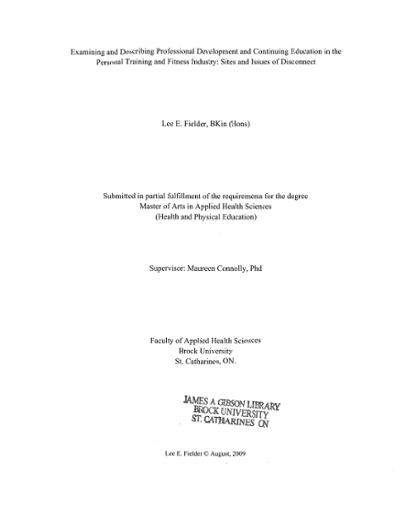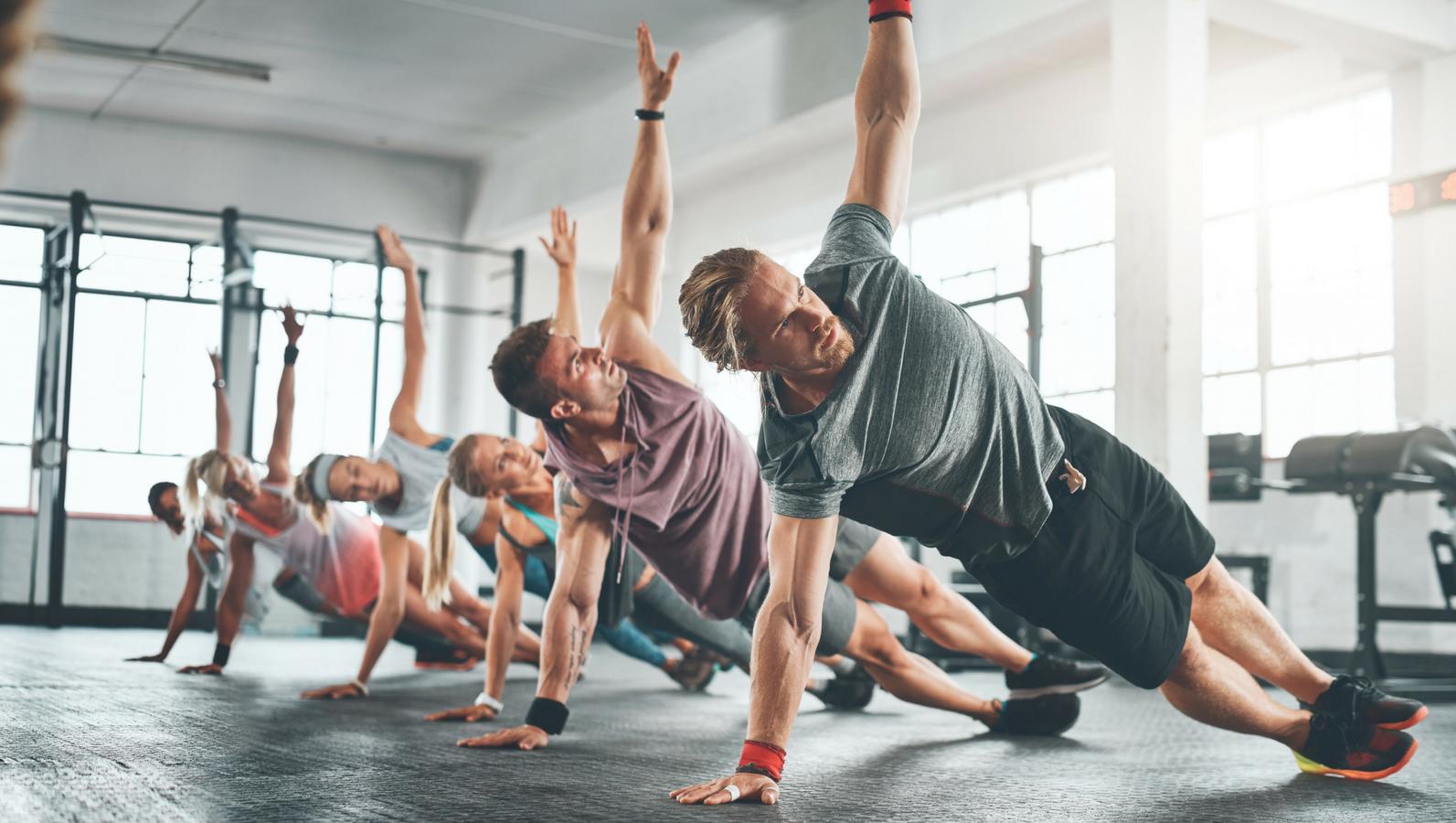
Many benefits come with being a group trainer. A larger audience means you have more opportunities to build relationships, which can result in more one-on-1 clients. People who have been hesitant about joining a fitness class will likely love it so much that the next session will be one-on-1. It is exciting and rewarding to meet new people with your fitness programs.
Benefits of a group personal trainer
A group personal trainer can benefit you in several ways. First, it is cheaper than working with a one-on-one trainer. The trainer can give you more personal attention. Third, you can get more energy by working out with other people. Fourth, there's always a little bit of competition! It's part of our nature to work hard during workouts.
A group personal trainer will help you get motivated to reach your goals. It can be easy to feel lonely and lack motivation when you exercise alone. After a while, you may find yourself feeling discouraged and lost. A group personal trainer will increase your accountability, which is important if you want to stick to your goals.

Dangers of a personal trainer for groups
The risks inherent in the health- and fitness industry are high. Personal trainers should have policies and procedures that protect both customers and staff. A personal trainer should perform a thorough assessment of all customers, and they should stay informed about the health and fitness conditions of existing customers. Trainers must also teach staff how to recognize injuries and medical conditions.
Group fitness classes are great fun and can help you get a great workout. There are disadvantages to exercising in a group setting. Before you sign up to a class, ensure your exercise regimen is well-rounded. Also, be sure to adapt your routine as necessary to reach your fitness goals. It is a good safety measure to wear earplugs if you are working out in a group.
A group personal trainer costs approximately $600
A personal trainer is available to provide either one-on-1 or small group training sessions. One-on-one sessions tend to be more expensive than group sessions but offer more personalized attention. These sessions can be customized to address your individual needs and goals as well as personal nutrition and injuries. These sessions can also be used to bond with friends and to work out. However, they are less personal.
Another advantage of group training is the possibility that clients may sign up for personal sessions but not register for it. Some clients may be shy or hesitant to work with someone they don't know. A smaller group can be a great way to reach potential clients who might not have the money to pay a personal trainer.

Marketing strategy of a group personal trainer
One of the best ways to market yourself as a personal trainer is to host group exercise classes. These sessions can be anything you want, from HIIT classes to boot camp to spin classes or circuit training. These group sessions can help build your reputation as well as meet new clients. Although word-of-mouth is still a powerful marketing tool but group sessions can help get your name in front potential clients.
When creating a marketing plan for your group personal training business, it is important to keep in mind the goals of your target market. A good marketing strategy will be a combination of online and offline marketing. This marketing strategy should focus on developing relationships with your target audience. Promoting your business via social media platforms is another great option.
FAQ
How exercise and nutrition can help you to have a better life?
Exercise can help you stay healthy, lose weight and gain muscle mass. It also helps reduce stress. Nutrition is critical for energy and mood. If you want to live longer, eat less meat, drink alcohol moderately, avoid smoking, and do regular physical activity.
How many hours should I sleep each night?
The recommended sleep hours vary based on gender, age and individual needs. Most adults need 7 to 9 hours of sleep per day. Children and teenagers need 10 to 12 hours of sleep per night. As they age, however, this number falls.
Are there any exercises I should not do?
Before beginning any new workout program, consult your doctor. Some people are unable to exercise due to injuries. Also, some activities require special equipment or training. Swimming, for example, requires swimming suits and access to the pool.
Do I need to get warm before going out?
Warming up before an activity reduces muscle soreness and improves performance. Warming up can take many forms, including walking, running or jumping rope, stretching, or cycling. Start slowly and gradually increase your pace and intensity.
Do I need to eat before working out?
No. You don't need to eat anything before working out. You might be hungry after a workout, so you may want to snack on fruit or yogurt.
What should I do if I'm working out?
Consuming large quantities of alcohol can cause you to gain weight. Moderate alcohol consumption (one drink per week) can help increase endurance during training. It may reduce fatigue and muscle soreness from intense exercise.
Statistics
- Globally, 81% of adolescents aged 11-17 years were insufficiently physically active in 2016. (who.int)
- Globally, 28% of adults aged 18 and over were not active enough in 2016 (men 23% and women 32%). (who.int)
- In 2018, the World Health Assembly agreed on a global target to reduce physical inactivity by 15% by 2030 and align with the Sustainable Development Goals. (who.int)
- Adolescent girls were less active than adolescent boys, with 85% vs. 78% not meeting WHO recommendations of at least 60 minutes of moderate to vigorous intensity physical activity per day. (who.int)
External Links
How To
How to Stay Fit When You're 40
This article guides those who want to keep their body healthy and strong even at 40 years old. It covers some basic advice on how to eat right, exercise, sleep well and take care of your mental health. This article offers tips for living longer and more healthy lives.
-
Eat Right - The first thing you should do when trying to stay fit is to ensure you're eating the right foods. Avoid processed foods and opt instead for whole grains, fruits and vegetables, lean meats and fish, as well as nuts, seeds and beans. If you don't like what you're eating, just add something else to your diet. This will not help you lose weight. Instead, add small amounts more variety to your daily menu. If you eat chicken breast most of the time, try turkey one week. Rice is another option if you enjoy pasta. Try to incorporate these types of foods into your diet so that they become part of your everyday life.
-
Exercise - You should exercise at least three days per week. Include cardio activities like running, swimming, biking and dancing. Make sure to get enough rest. Sleeping for 8 hours per night is recommended. Drink plenty of water throughout the day. Two liters (0.5 gallons), of water should be consumed each day.
-
Sleep well - A good night's sleep is key to staying healthy. The National Sleep Foundation states that adults need 7-8 hours sleep per night to be in good physical and mental health. However, most people average less than 6 hours of sleep per night. Changes in your sleeping habits can make you more tired. You can catch more sleep by changing your sleeping schedule so that you go to bed earlier or wake up later. Also, you might want to turn off your phone before bed in order to relax and wind down. Avoid caffeine after noon as it can cause insomnia.
-
Take Care Of Your Mental Health - For a healthy body, it is important to take care of your mind. Stress can lead to unhealthy eating habits, poor lifestyle choices, and poor sleep habits. Meditation, yoga, breathing exercises and relaxation techniques are all good stress management tools. One hour of your time should be spent doing something enjoyable. This could include taking a walk outdoors, reading a novel, listening or watching TV, and playing sports.
These four tips will help you live longer, and be healthier. These simple steps will allow you to reach your fitness goals.